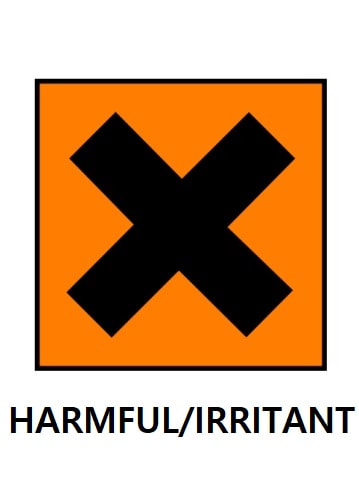|
Formula
Procedure of Application
Development Complete When
Source of Error
Incompatibilities
Precautions
Storage Container
Safety
Recommendations
Similar Reagent
Formula
Developer Solution: 1. 2 g Amido black dye 2. 100 ml Glacial acetic acid 3. 900 ml Methanol (Combine and mix with a stirring device for 30 minutes.) Rinse Solution: 1. 100 ml Glacial acetic acid 2. 900 ml Methanol Final Rinse: 1. 1 liter distilled water Procedure of Application
1. Be certain that the blood is 'dried' prior to application. 2a. Squeegee bottle application - Apply for 30 to 90 seconds. A squeegee bottle is used to apply rinse. -- or -- 2b. Tray immersion - Immerse into dye solution 30 to 90 seconds. Immerse into a tray of rinse solution for 1 minute. 3. Apply the final water rinse. 4. Allow the item to air dry. Development Complete When
Maximum contrast is achieved of the blue development color upon repeated staining and rinsing procedures. Source of Error
Cyanoacrylate fuming may be detrimental to this reagent. Excessively blood-stained items will obliterate detail. Incompatibilities
Painted surfaces may be deteriorated by the methanol in the working and rinse solutions. Excessively blood-stained items and porous surfaces that strongly absorb the dye will yield little contrast to the developed detail. Precautions
This process is detrimental to some biological examinations. Don't let the evidence over-develop in the working solution. Storage Container
Dark or Clear stoppered glass or plastic bottles. Safety
Fume hood use is required to prepare and apply the working solution. Recommendations
Be certain that the blood is "dried" to the surface prior to applying this reagent. Similar Reagent
Vertical Divider
|
Chemical Name
Amido Black - Methanol Base Surface Used On Blood-stained Porous & Non-Porous Surfaces Sensitive To Proteins in Blood Abridged Reagent Sequence
Vertical Divider
|
Ridge Detail Visualized by:
Visible chemical/stain reaction Reagent Applicabilities: Non-Porous Surfaces Blood Enhancement Other Chemical Name(s): Naphthol Blue Black Naphthalene 12B Acid Black 1, 10A, 10B Eriosin Blue Black B Acidal Black 10B Working Solution Shelf-life: Indefinite |
Process Summary:
A dye staining process, followed by rinse procedures, that is used to enhance detail in faint bloody impressions. Bloody impressions should be "dried" prior to staining with this reagent.
A dye staining process, followed by rinse procedures, that is used to enhance detail in faint bloody impressions. Bloody impressions should be "dried" prior to staining with this reagent.
Accepted Deviations:
Development time may be shortened if the blood impression or the underlying surface strongly absorbs the dye.
Development time may be shortened if the blood impression or the underlying surface strongly absorbs the dye.
Supporting Reference Materials:
- Minutiae Magazine, Summer Special 1994, Issue No. 24, pg.7.
- "Chemical Formulas and Processing Guide for Developing Latent Prints", U.S. Dept. of Justice, pg. 47-48, 1994.
- Lee, H.C. & Gaensslen, R.E. (1991),"Advances in Fingerprint Technology", Elsevier, pg.86.
- Slater, J., "Techniques for the Enhancement of 2-Dimensional Footwear Impressions in Blood", Forensic Services Div., May, 1995.
- Navarro, R.L., "Chemical Enhancement of Questioned Footwear Impressions", North Carolina State Bureau of Inv., 1992.





